In 2003, the United States fossil fuel fleet reached its peak generating capacity. Since then, more capacity has retired than has come online. At the same time, fossil plants are running fewer hours each year, while wind and solar have steadily taken on a greater share of generation, and are lowering emissions.
Even with solar projected to make up 93% of new capacity in 2025, and interconnection queues dominated by solar and storage, the country may be entering a new fossil chapter.
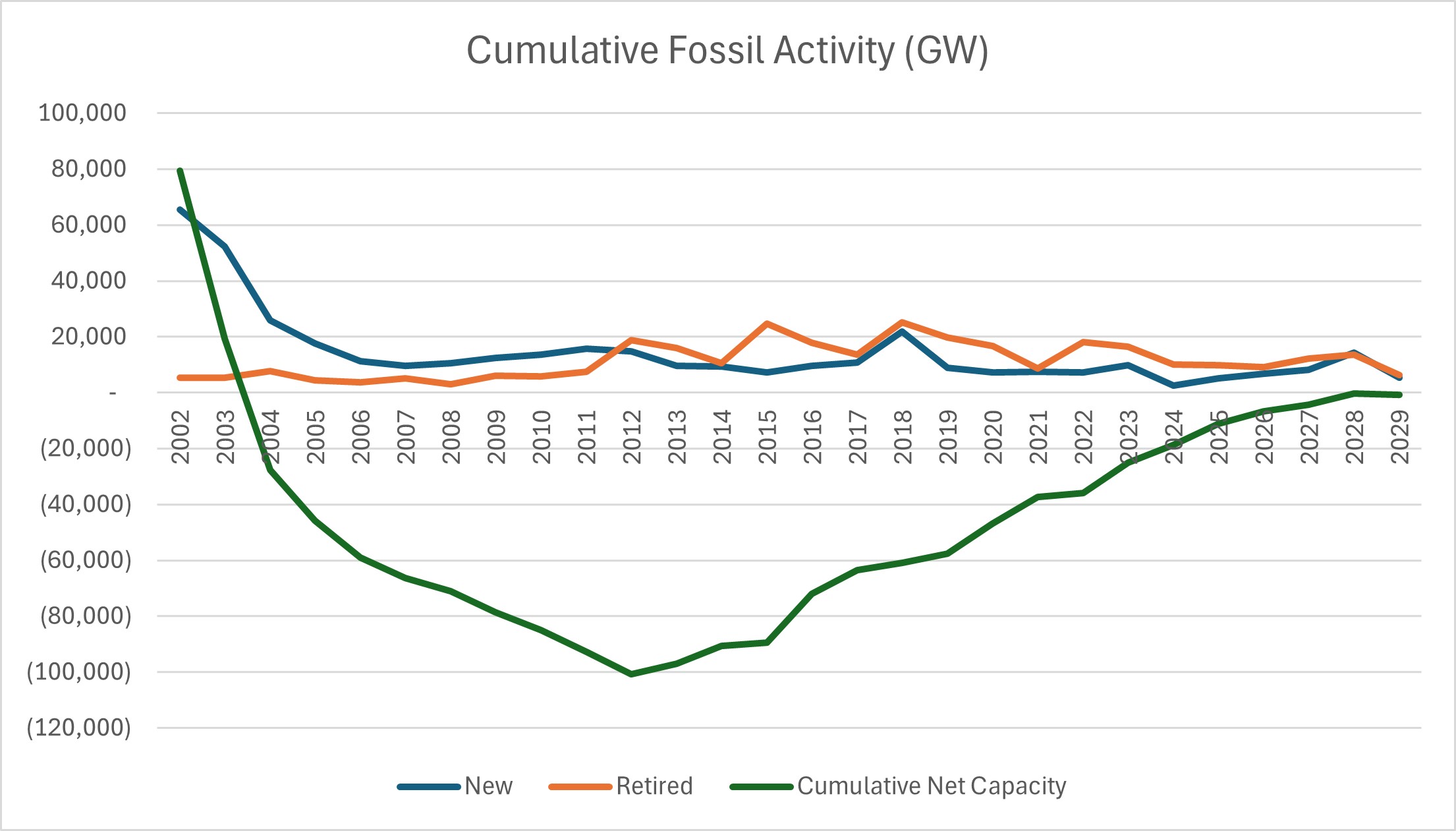
Data from the U.S. Department of Energy’s Energy Information Administration’s (EIA) 860M report tracks the nation’s generating fleet, including new additions, recent retirements, and scheduled retirements.
The chart above shows new fossil capacity, retirements, along with the cumulative net effect. Every year since 2012 has been net negative. In fact, from 2012 through 2024, the U.S. averaged more than 16 GW of retirements annually, totaling more than 215 GW.
But as shown in the chart below, the net pace of retirements is slowing. Early data suggests that in 2028, the U.S. could add net fossil capacity for the first time in nearly two decades. This shift is tied to recent federal actions by the current political regime propping up fossil plants and to a surge in new gas projects built to power data centers.
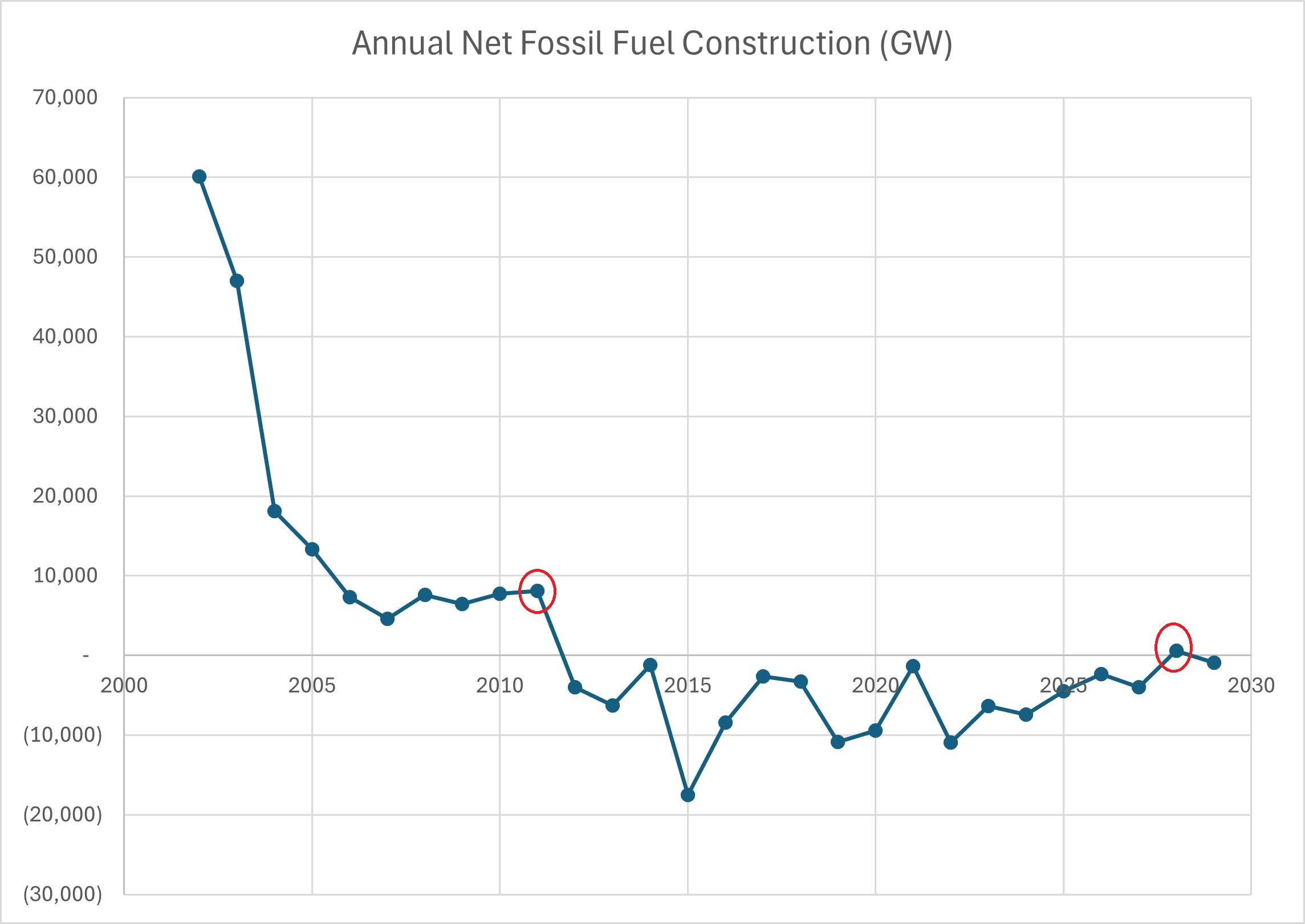
From 2002 through 2014, fossil fuels supplied between 67% and 71% of U.S. electricity, peaking at 71% in 2007 and 2008. During that period, nuclear, hydro, and some wind filled out the rest of the mix.
The decline of fossil generation since 2014 is the direct result of wind, solar, and storage taking an increasing share of the grid. While total U.S. electricity consumption increased by 6.7% from 2015 through 2024, according to the EIA’s Electric Power Monthly, fossil generation dropped 7.3%. Fossil fuels fell from 66.6% of the power mix in 2015 to 57.9% in 2024.
In March 2024, for the first time, more than half of U.S. electricity came from non-fossil sources.
Looking forward, clean energy is poised to accelerate. The U.S. installed nearly 50 GW of renewable capacity in 2024, and more than 150 GW is expected from 2025 through 2027. The pairing of solar and batteries at scale is already reshaping California’s grid, demonstrating how quickly the world’s fourth-largest economy is moving away from fossil power. Together, these trends will not just continue to displace fossil generation, but accelerate its decline.
Fossils may win a battle in 2028, but they’re still losing the war.
This content is protected by copyright and may not be reused. If you want to cooperate with us and would like to reuse some of our content, please contact: editors@pv-magazine.com.
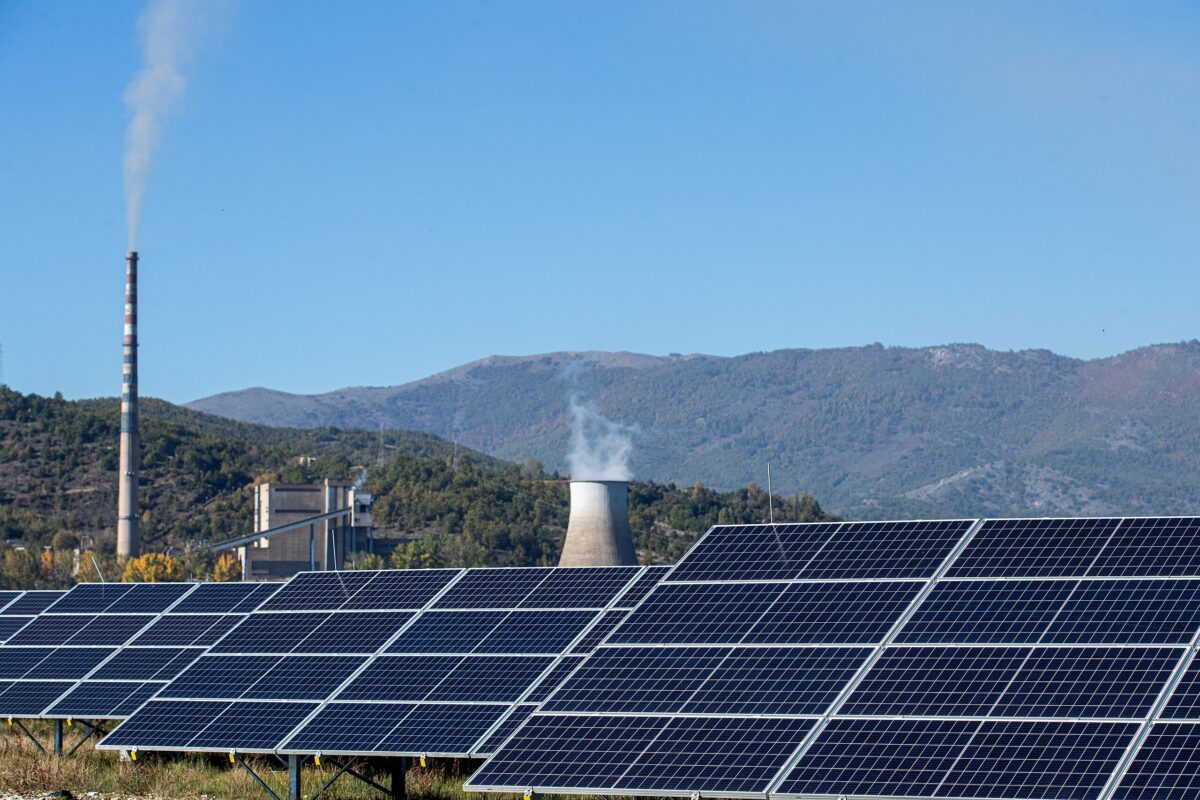
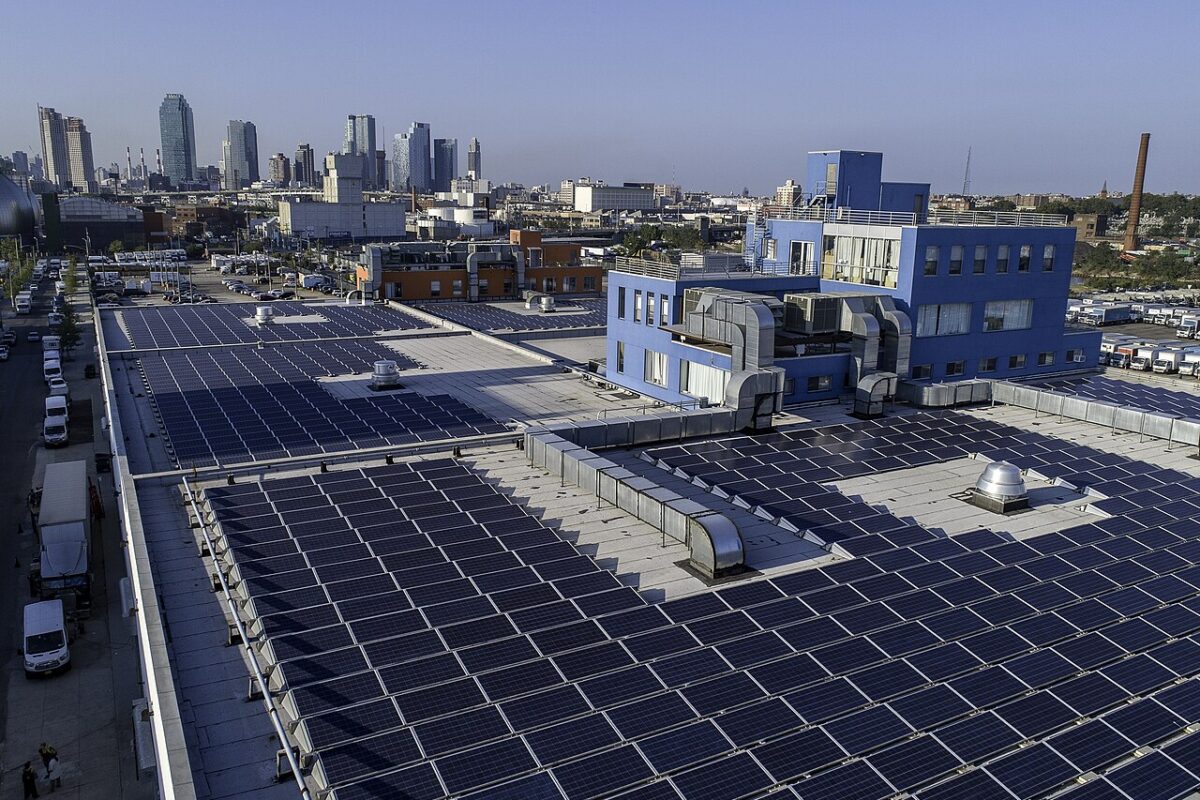




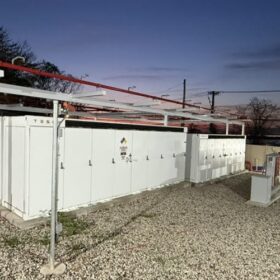
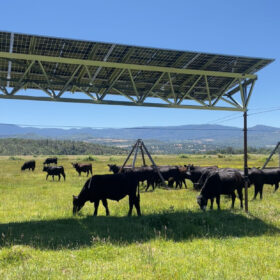
By submitting this form you agree to pv magazine using your data for the purposes of publishing your comment.
Your personal data will only be disclosed or otherwise transmitted to third parties for the purposes of spam filtering or if this is necessary for technical maintenance of the website. Any other transfer to third parties will not take place unless this is justified on the basis of applicable data protection regulations or if pv magazine is legally obliged to do so.
You may revoke this consent at any time with effect for the future, in which case your personal data will be deleted immediately. Otherwise, your data will be deleted if pv magazine has processed your request or the purpose of data storage is fulfilled.
Further information on data privacy can be found in our Data Protection Policy.